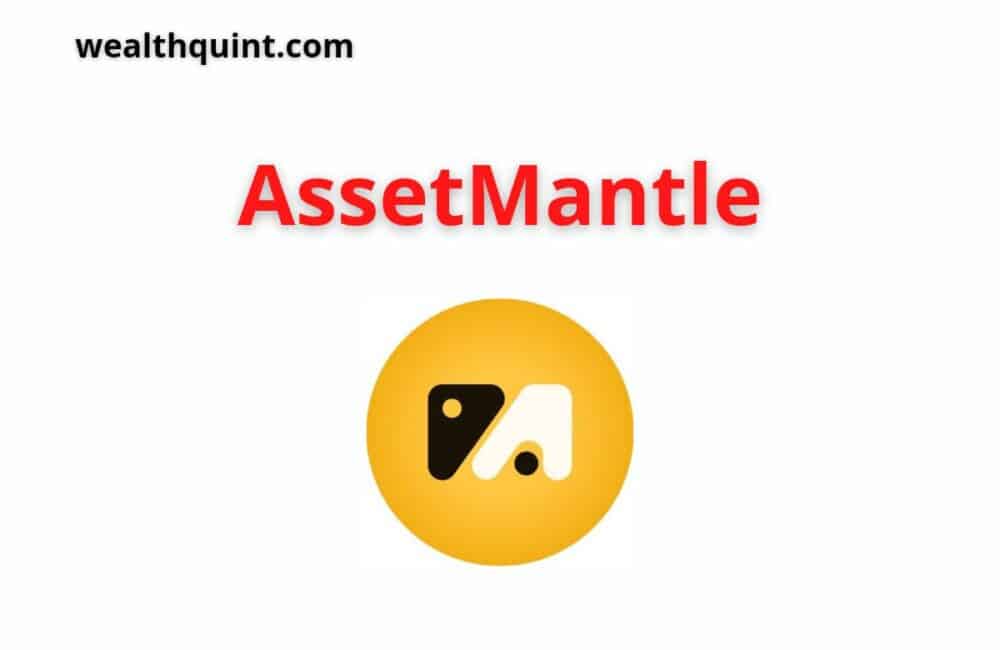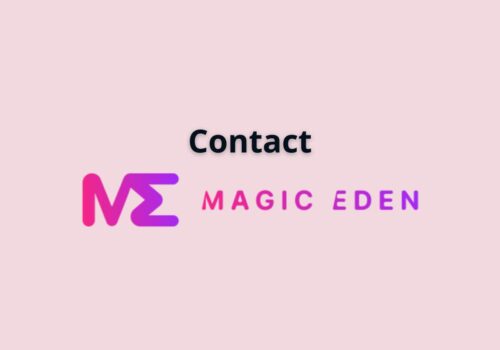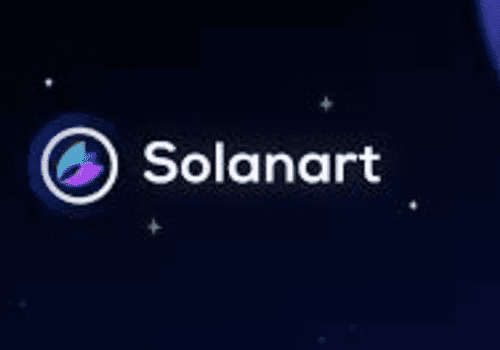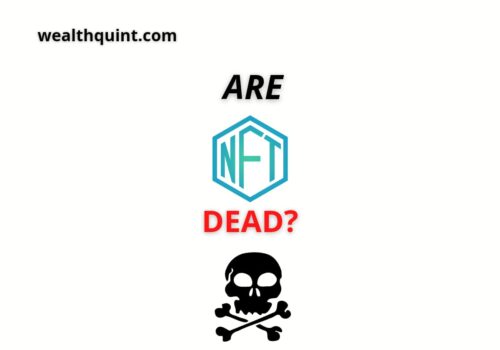If you love NFTs, you are going to love AssetMantle. This exciting project is tipping to be the shop stop for NFTs and it aims to unite creators and collectors of NFT.
You can build your custom store for selling NFTs, or you can just shop for the one you want. Consider this as the upcoming Amazon for NFTs.
What Is AssetMantle?
AssetMantle in short allows you to create your own NFT marketplace (consider it as your store where you sell your NFTs). To enable this, AssetMantle has all the tools enabling even beginners to participate in the project.
In AssetMantle, the user can also create NFTs that are interoperable and that flow between different blockchains.
Also, AssetMantle supports the conventional types of NFTs – digital art, tokenized tickets, and collectibles. The marketplace that you create can cater to either one NFT seller or a group of sellers.
AssetMantle $MNTL
$MNTL is AssetMantle’s governance token and plays an integral role in its staking economy. Besides securing MantleChain, $MNTL has utility within MantlePlace (NFT marketplace for AssetMantle) for various transactions such as mint, trade, royalty distributions, and platform fees.
$MNTL is governance and staking token securing the MantleChain along with supporting the MantlePlace (NFT marketplace) transactions: minting, trading, royalties, and fees. Initially, the token will also help bootstrap genesis creators, liquidity provision, and NFT minting and trading activities through retroactive rewards and airdrops.
The $MNTL token is required as a deposit to create on-chain governance proposals. The token holders can then vote on these proposals with their staked $MNTL.
How Does AssetMantle Work?
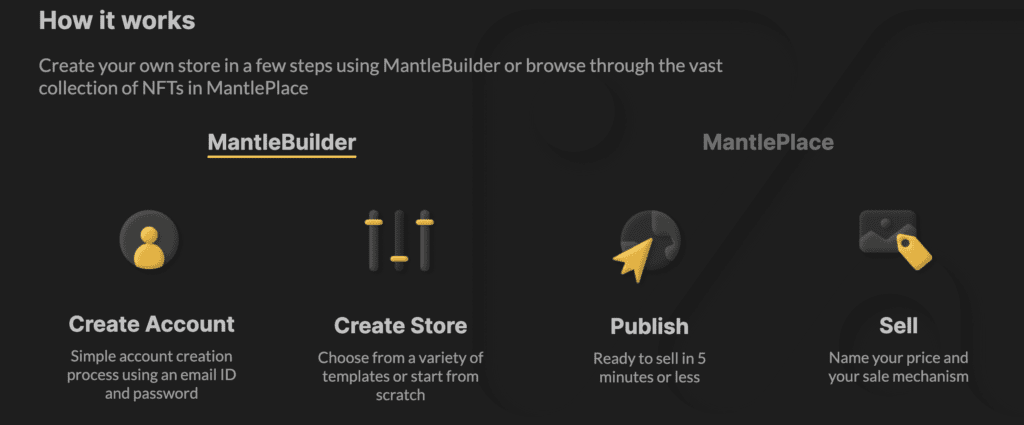
The two major components of AssetMantle are the MantleBuilder and the MantlePlace. Using the MantleBuilder, you can build your store to sell NFTs and via the MantlePlace, you can shop for NFTs from the other stores.
Steps involved in MantleBuilder:
Step 1: Create your AssetMantle Account.
Step 2: Choose the Store Design – Either you can pick from a variety of store templates or just start your own from scratch.
Step 3: Enter the store details including the name, add products and ‘Publish’
Step 4: Determine the price of your products and integrate the payment options for the customer transaction
Steps Involved in MantlePlace
Step 1: Create your AssetMantle Account.
Step 2: Browse through the NFTs (just like how you would browse products on Amazon) and purchase them from some of the best sellers in the world.
AssetMantle Features
The features of AssetMantle are set to create a revolution in how NFTs are sold. Here are some of the unique propositions for the users:
1. Multi Wallet Support
The NFT wallet in AssetMantle is not specific to any single type of NFTs, that is, it can have a variety of types of NFTs inside it. Even the NFTs created from different blockchains is compatible here
2. Interchain NFT Transfers
Through AssetMantle, users can transfer NFTs across an IBC-enabled Interchain.
3. Create Your Store
Unlike most other NFT marketplaces currently, AssetMantle enables users to build their store, the way they want to! The craters can brand their creation, determine royalties on the sales, all these through an interface that can be as creative as it can be!
4. Custom NFT Metadata
In this platform, the attributes of NFTs (up to 22 of them) can be mutated and shared even after the minting and verification stage.
5. Efficient Transactions
The core of AssetMantle transactions is Tendermint Core which has a high throughput. The higher efficiency is attributed to the Delegated Proof of Stake (dPOS) mechanism which is also eco-friendly.
6. Privacy
All the on-chain minted transactions are privacy protected. Artists also have the option of publicizing the NFT metadata because it is on-chain.
7. NFT Decentralised Exchange
The DEX is a web-3 based application that allows bidding, selling, and buying of NFT assets. The exchange supports NFTs belonging to multiple asset classes (images, videos, 3D, augmented reality, etc).
8. Ownerships In Fractions
The platform also supports this unique feature where multiple stakeholders can own a part of an NFT asset. It is similar to the stocks of a company. Similar to that, the ownership is sold in percentages and the royalties are also divided accordingly.
9. Metadata Muting
NFTs are evolving and to support that, the creators can mutate specific metadata fields of the NFT.
10. Represent NFTs
It is a security measure where no NFTs can have the same immutable ID and content.
11. Commoditization
Each NFT on the platform is classified according to its class. The NFT transactions are also addressed by this class rather than the direct address of the owner.
12. Implementation That Is Flexible
Users have the freedom to integrate as much complex logic as they want while creating the NFT as long as it integrates into the platform.
13. Less Load On The Interchain Protocol
The NFT wallet and the NFT interface are self-sufficient and therefore do not exert a lot of load on the Interchain protocol.
They also do not need to interact with each other for syncing in every transaction. Only send and burn NFT transactions require interoperability between these modules
14. Trust With Private Chains
The burn, mutation, and minting logic is implemented on the issuing chain and is in fact, handled by the same chain and not the recipient chain at all. This improves logic privacy and secures NFT transactions.
AssetMantle MNTL Tokenomics

The $MNTL is the native token in the AssetMantle platform. This token is used for governance and staking that provides security to the MantleChain and also enables buying, selling purchases, royalties, etc. The token will be provided initially to the users via airdrops!
The holders of the $MNTL token also have a say on the proposals (governance) and the users are required to deposit some of the tokens to create the on-governance chain proposals.
The sovereign chain of the platform – the MantleChain follows the dPoS mechanism, runs on the Tendermint Cor, and its consensus engine is the pBFT. By delegating their tokens, users can contribute to ensuring the security of this chain.
Lastly, the $MNTL will also be used to pay all fees, royalties, and commission on the platform. The distribution of the token is planned strategically to improve the growth of users on the platform and ensure their experience is aptly rewarded.
50% of the supply will be provided as rewards to the users via MantleDrops. The total supply of the token is 300 million and it follows halving every two years.
Also Read: NFT Smart Contracts Explained
Assetmantle Roadmap

Problems Solved By AssetMantle
The growth of NFTs has been massive from the last few years but it has still not been able to be adopted mainstream. Of course, there are no shortages of creators and potential users who could bring their creativity to the NFT ecosystem.
The barriers of entry so far for new users have been the general complexity of existing platforms, high transfer and minting costs, and lack of flexibility for the seller and creator in current platforms. Current platforms also do not support customizable metadata and have limited interoperability on-chain and in-between chains.
- UI/UX is friendly for beginners too and you can set up your store within 5 minutes
- The marketplace and stores support multiple NFT asset types
- $MNTL the native token will primarily be used for transactions and having this also gives you the right to governance
- The NFTs on AssetMantle are ‘greener’ and provide less carbon footprint
- The Tendermint Core enables lesser transfer costs in terms of gas fees and platform commission
- Each NFT has a specific ID and hash that is unique to it
- Each NFT module functions independently thereby increasing the speed of operations on the platform
AssetMantle Stakedrop

The community of AssetMantle has decided to incentivize the users by providing a majority of the tokens via airdrops. To begin with, a stake drop campaign has been planned to reward those who already have the $MNTL tokens.
But to participate in a stake drop, the user needs to complete some prerequisites such as (they need to stake their tokens with a validator, etc).
In a nutshell, it provides incentives to users who are loyal to the project and contribute to its longer-term success. Through the stake drop, the users are expected to be consistently active and participate in the governance (DAO) of the platform.
Also Read: Best NFT News Aggregators
Conclusion
The AssetMantle is an exciting project you should explore if you have an interest in NFTs. It is set to create a revolution for sellers and creators and in near future, could become a secondary or even primary source of income for many.
Check their website – https://assetmantle.one/ to get started with AssetMantle.
Note: Above all the references and images taken from Assetmantle official website.

